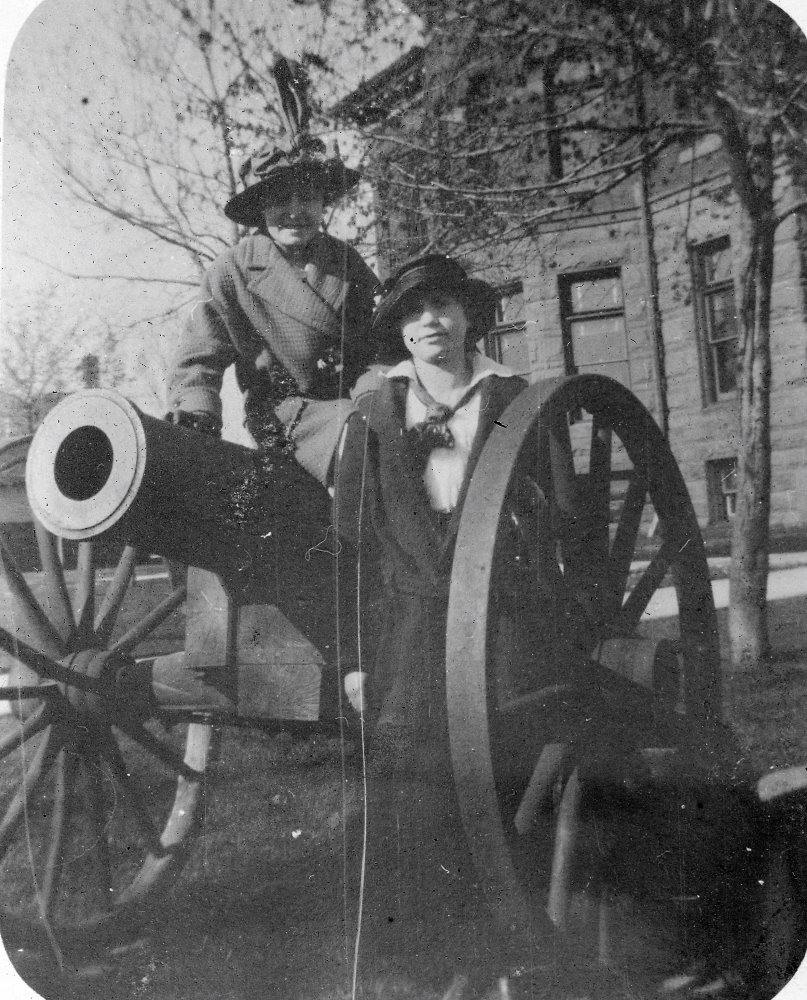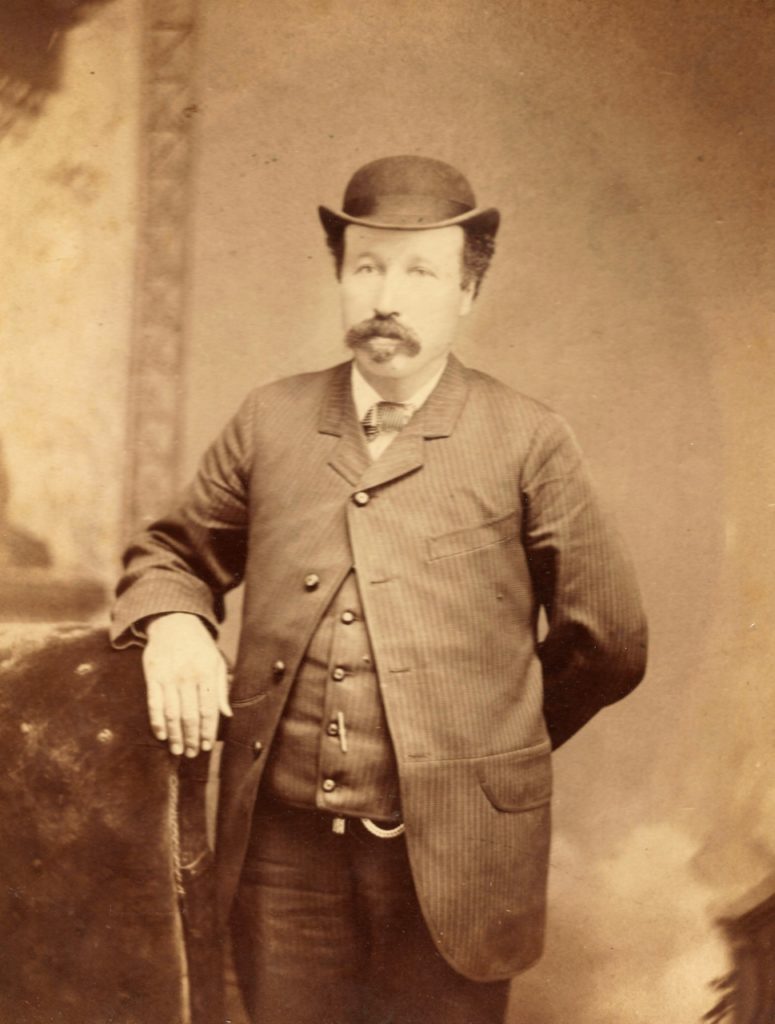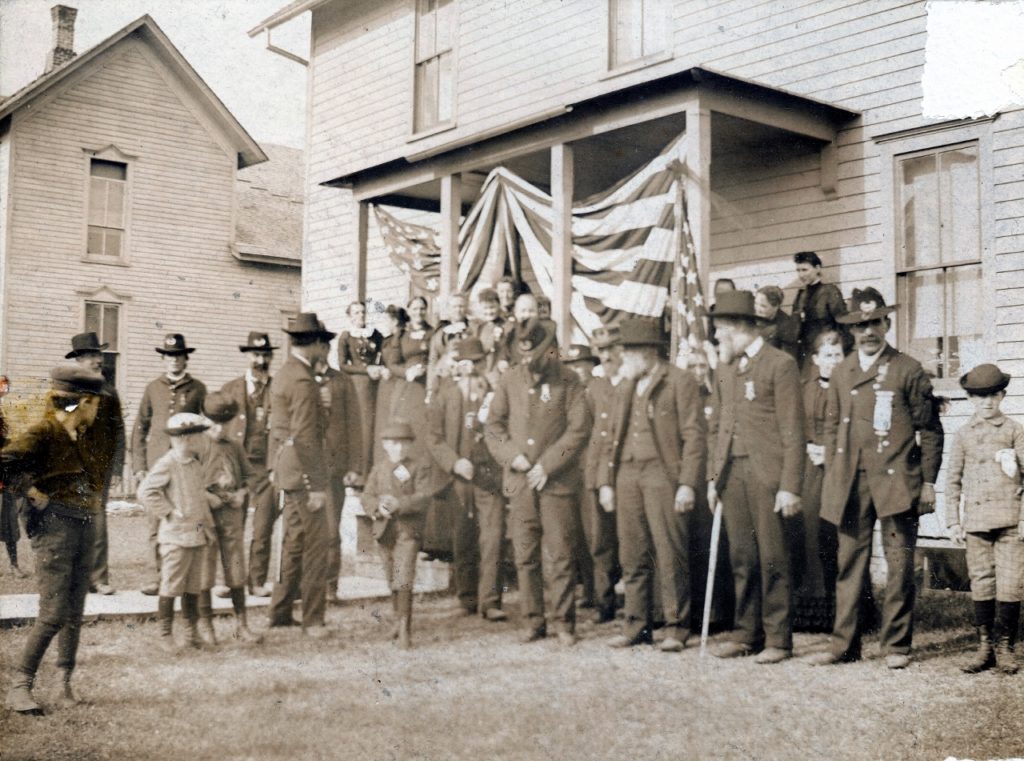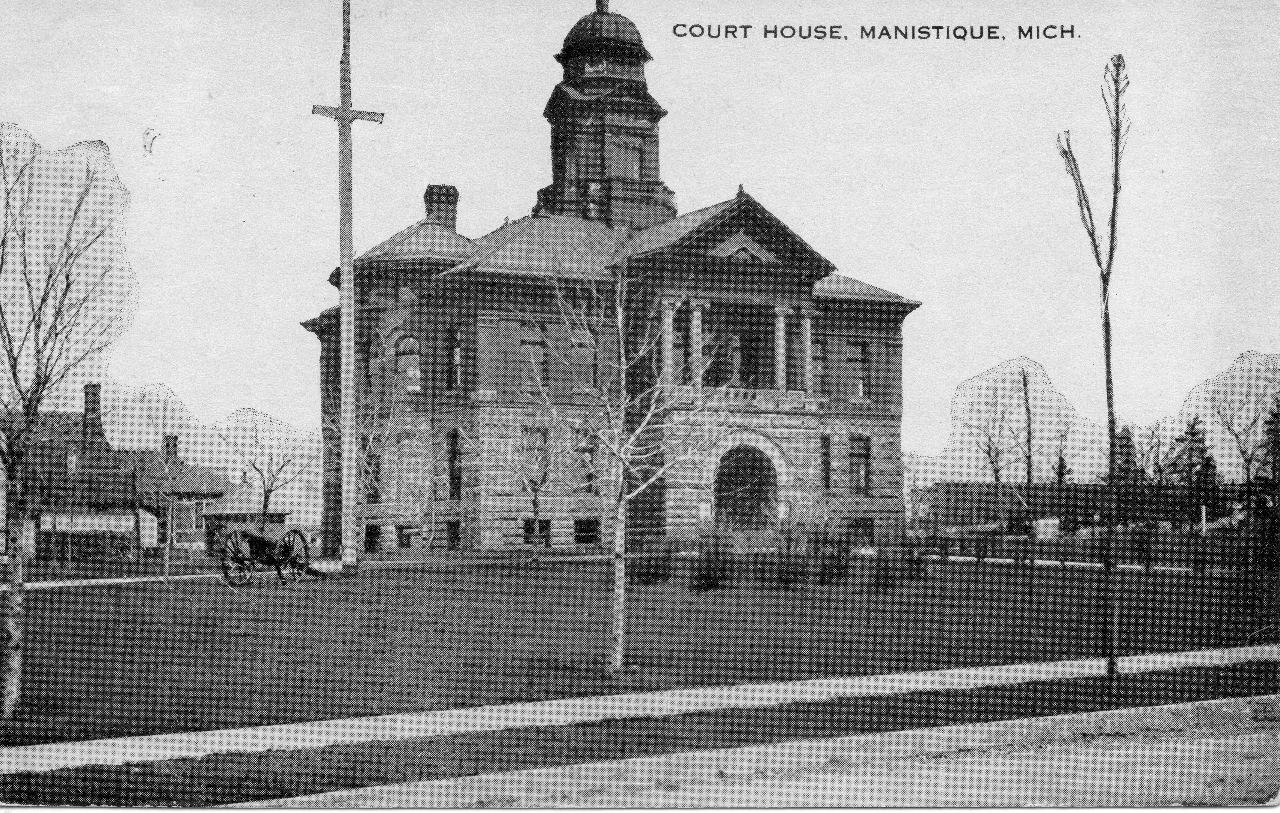
Manistique’s Civil War Cannon on the Courthouse grounds. Photo Courtesy Mary Riley
In 1896, the United States Navy Department donated a Civil War era cannon to Manistique’s George F. Fuller Post of the Grand Army of the Republic. The cannon had seen service on the James River in Virginia during the years 1861-65. After it arrived in Manistique, the cannon was placed on the Courthouse grounds where it soon became an honored emblem of national pride. The cannon played an important role in the life of the community. It was paraded through the streets of the city on Decoration Day and on the Fourth of July. Its thunderous boom could be heard on National holidays and on extraordinary occasions, such as at the death of President McKinley in 1901, when the Presidential Salute was given. It took two men to fire the cannon, and the duty fell to Civil War Veterans, Henry Brassel and John Gayar.



